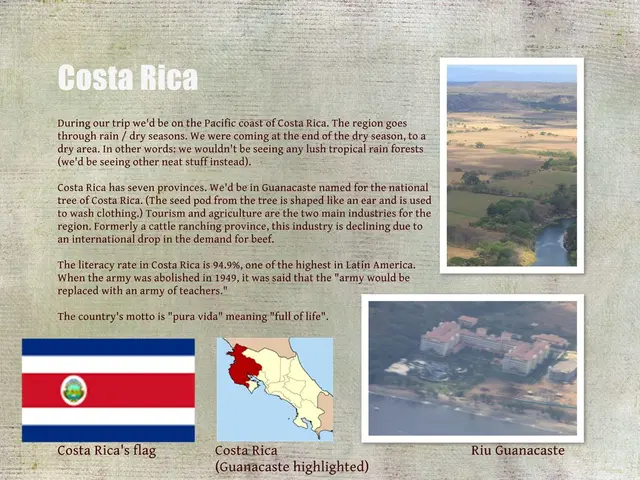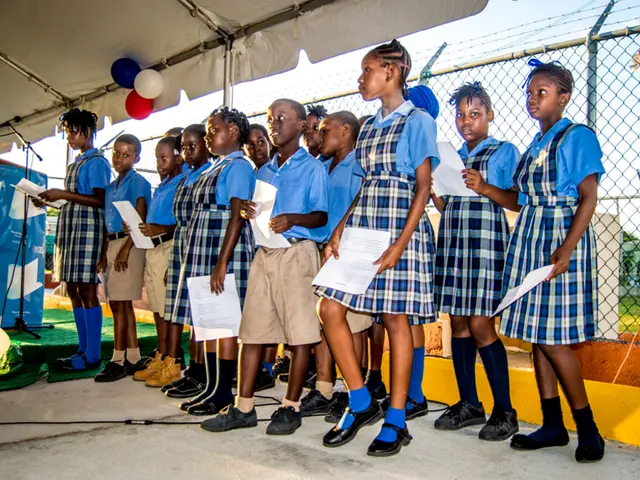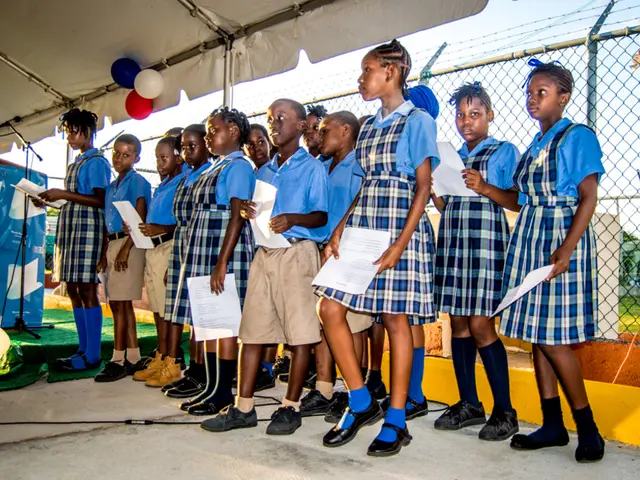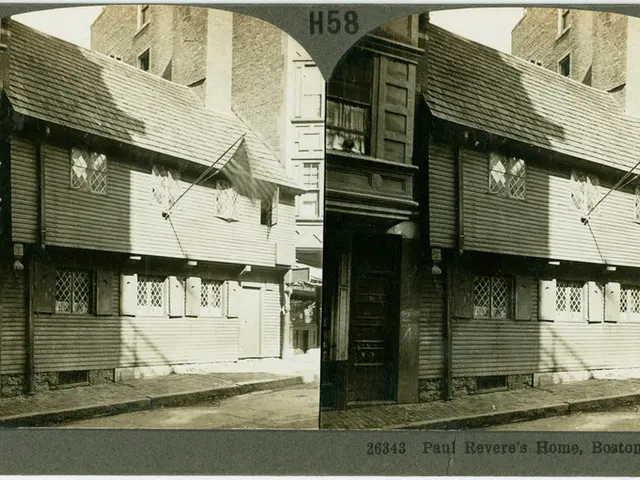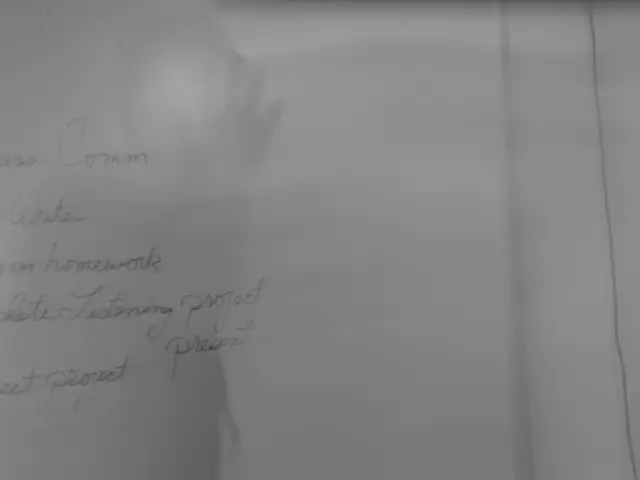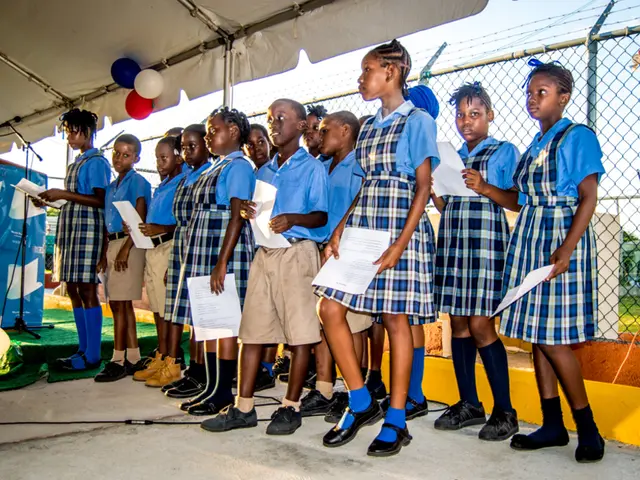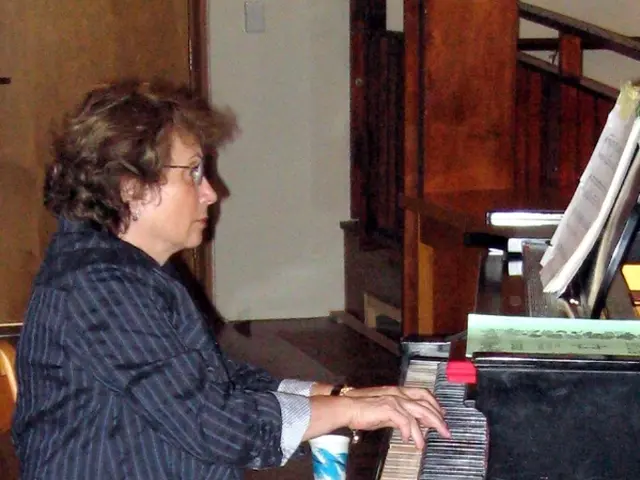Utilizing virtual reality in education: Top 10 efficient methods
**Virtual reality in education is redefining classrooms into engaging and immersive learning environments, allowing students to dive into their studies like never before.
In this new digital realm, students lose themselves in interactive simulations, virtual tours, professional training, and skill development, revolutionizing the way they learn and retain information.
Changing the Game: How VR is Transforming Learning
It's no longer confined to textbooks and stuffy classrooms. With virtual reality, students can explore human anatomy in 3D or stroll through ancient Rome, all in the comfort of their school chairs.
But that's not all. This technology isn't just about theory; it brings learning to life and reinforces knowledge.
Diving into the Virtual Ocean: What is VR in Education?
Virtual reality (VR) is all about creating digital worlds that mimic real or entirely virtual environments. With VR headsets and control devices, students can interact with educational elements as if they were actually there.
Imagine flying to the moon on a field trip instead of reading about it in a book. With VR, those far-fetched dreams can become reality.
Engaging Students, Building Knowledge: Why VR is a Game Changer
- Active Participation: Students are no longer passive learners but active participants who are part of the experience.
- Improved Learning and Retention: Instead of simply explaining lessons, students can test their understanding themselves.
- Hands-on Learning Opportunities: In fields like medicine and engineering, students can perform complex experiments and simulations in a risk-free environment.
10 Excellent Ways to Leverage VR in the Classroom
Kickstart the learning revolution with these innovative methods.
Virtual Labs
Create a safe environment for conducting experiments without the expense of real equipment.
Virtual Tours
Take students on unforgettable field trips to historical sites and world-renowned museums.
Medical Simulations
Provide medical students with practical training using realistic simulations.
Professional Training
Prepare trainees to handle real-life situations in a controlled, low-cost environment.
Virtual Classrooms
Facilitate remote learning through interactive, customizable virtual classrooms.
Virtual Museums
Explore centuries of history and culture through captivating 3D artifacts.
Educational Games
Strengthen knowledge through engaging and interactive scenarios.
Language Learning
Practice conversation skills in authentic, immersive environments.
Art and Design Education
Empower artists to create and experiment in extraordinary digital spaces.
Special Needs Education
Develop personalized learning experiences for students with diverse abilities.
A Step Above: The Advantages of VR over Traditional Learning
- Interactive and Fun: Learning becomes a game, making it more enjoyable for students.
- Bridging the Theory-Practice Gap: VR melds theory with practical application, helping students clearly see the connections.
- Nurturing Critical Thinking and Collaboration: The immersive nature of VR encourages students to work together and think creatively.
- Accessible and Affordable Advanced Learning: VR allows students to access advanced educational experiences without breaking the bank.
Building the VR Classroom: A Practical Guide
To reap the benefits of virtual reality, consider these essential steps:
- Establish Educational Goals: Make sure technology serves the purpose of enhancing the learning experience.
- Select Appropriate Tools: Invest in quality VR headsets and compatible educational applications.
- Train Teachers: Empower teachers with the skills needed to make the most of the new technology and deliver captivating content.
Sky's the Limit: VR's Impact on Distance Learning
As distance learning becomes more prevalent, VR can play a vital role in providing engaging and interactive classrooms that connect students with teachers.
With virtual field trips, science experiments, and immersive learning environments at their fingertips, students gain the same NCAA gaming experience from the comfort of their homes.
The Future of VR in Education: A Bright Horizon
With technological advancements, virtual reality is poised to become a regular part of education, transforming teaching methodologies and bridging the digital divide:
- Rich and Interactive Content: Learning materials will become more immersive and experiential, making education more meaningful and memorable.
- Increased Teacher Efficiency: Educators will be able to deliver more engaging, innovative content that sparks student interest and retains their attention.
- Widespread Access to Advanced Learning: VR promises to bring quality education to remote areas, breaking down geographical barriers.
Ready to join the revolution? Choose the proven specialists in virtual reality education—Proven Reality—and transform your educational institution today!
Proven Reality: Customized Solutions for the Future of Education
- Tailored Solutions: Customized virtual reality experiences designed to achieve educational goals across various disciplines.
- Affordable Pricing: Balancing affordability with quality to ensure virtual reality solutions are accessible to all educational institutions.
- Innovative Learning Experiences: Leveraging the latest virtual reality technologies to create unforgettable and effective learning experiences.
- Seamless Integration: Collaborating with educators to ensure a smooth transition to VR and compatibility with existing educational curricula.
Take the first step towards the future of education by contacting Proven Reality today!
In this new digital realm, students learn and retain information in an engaging and immersive way, as they interact with simulations, tours, professional training, and skill development through the use of virtual reality technology.
This technology isn't just about theory; it brings learning to life and reinforces knowledge by making it possible for students to explore various topics in a practical and interactive manner, such as strolling through ancient Rome or performing complex experiments in medicine and engineering.

